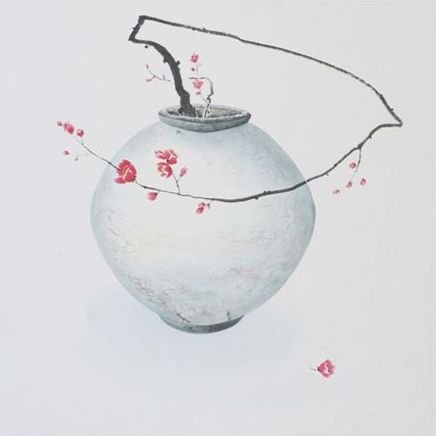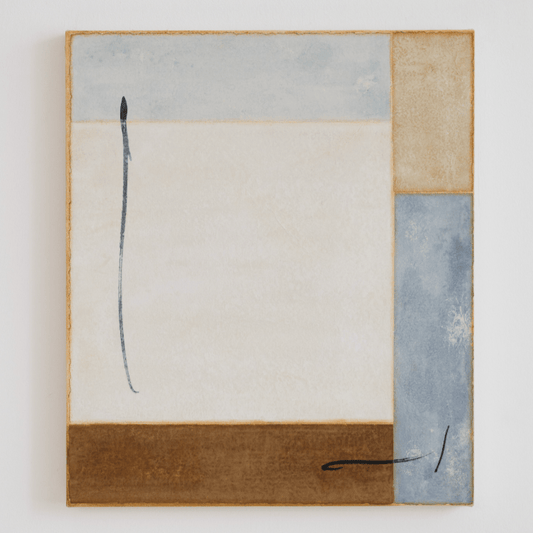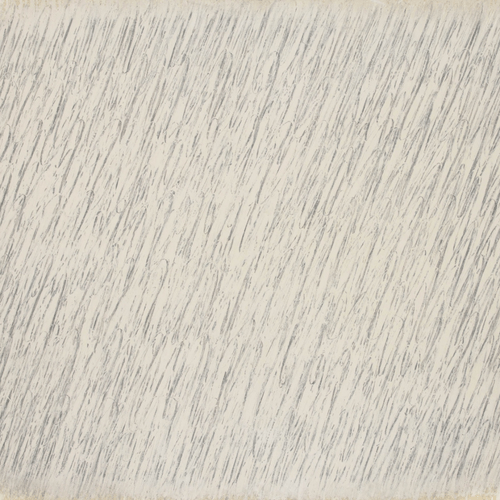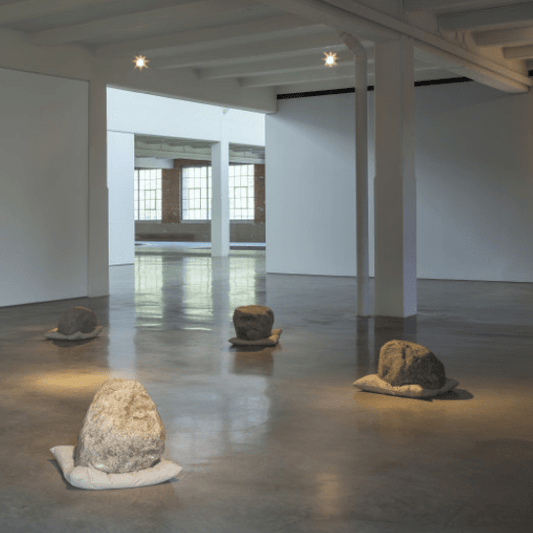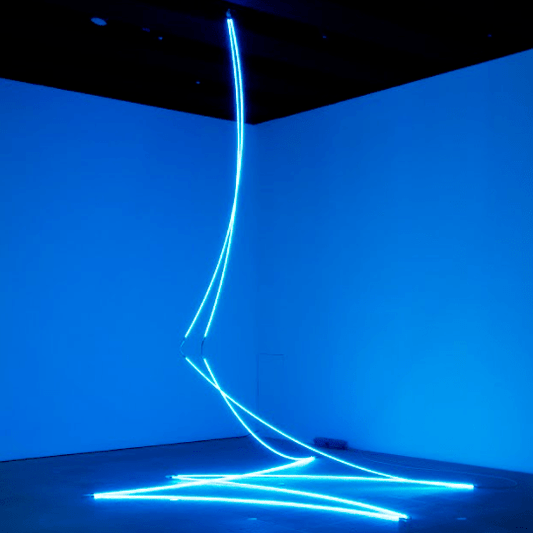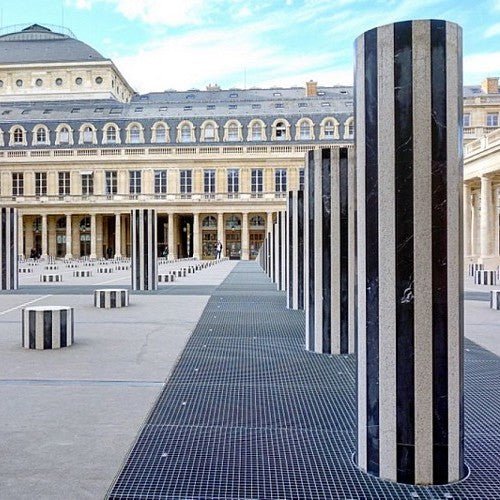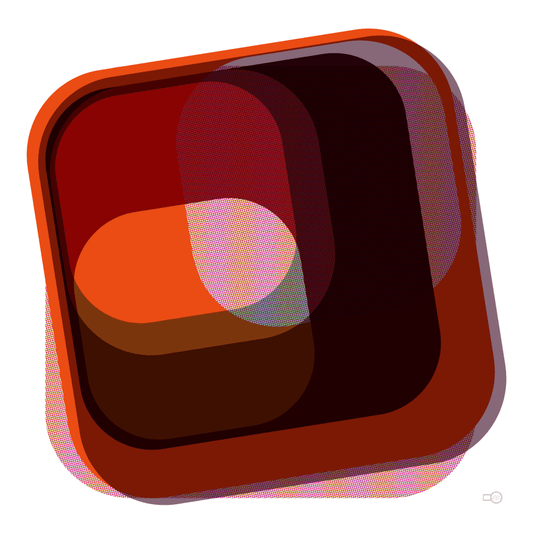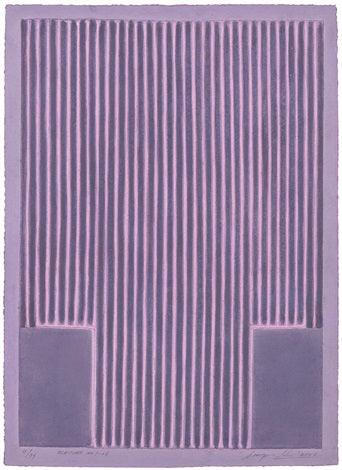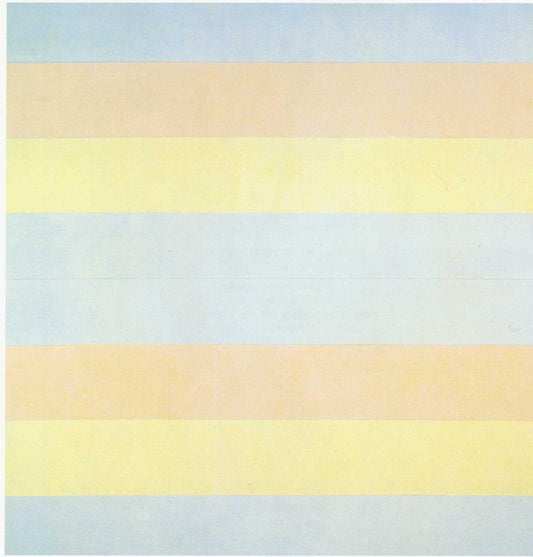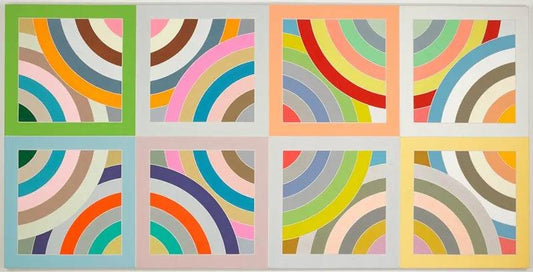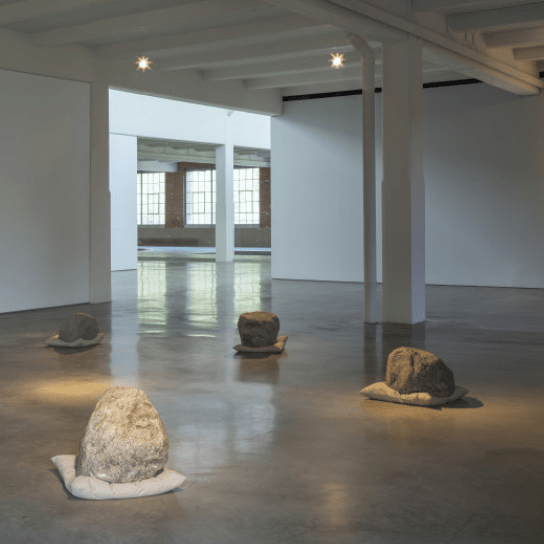
Lee Ufan: The Quiet Power of Korean Minimalism
Lee Ufan, a prominent figure in contemporary art, has played a crucial role in shaping the discourse of minimalism beyond its Western context. Born in 1936 in Korea and having spent much of his life in Japan, Lee's work embodies a unique synthesis of Eastern philosophy and minimalist aesthetics. His art, characterized by its quiet, meditative quality, invites viewers to contemplate the relationship between space, material, and perception. As a founding member of the Mono-ha movement, Lee Ufan has significantly influenced Korean and Japanese minimalism, offering a perspective that is deeply rooted in Zen Buddhism, Confucianism, and Taoism.
Korean Minimalism: An Overview
Korean minimalism, often referred to as "Dansaekhwa" (monochrome painting), emerged in the 1970s as a reaction against the turbulence of Korean society and a desire to find simplicity and tranquility amidst rapid modernization. Unlike the Western minimalism of artists like Donald Judd or Frank Stella, which focused on the object’s autonomy and the purity of form, Korean minimalism was more about the process, the materiality of the medium, and the artist's physical engagement with the canvas.
Dansaekhwa artists, including Park Seo-Bo, Chung Sang-Hwa, and Lee Ufan, emphasized repetition, meditative practice, and the interaction between artist and material. Their works often feature restrained palettes, repetitive gestures, and an emphasis on texture. This movement was not merely an aesthetic choice but a philosophical one, reflecting a desire to return to fundamental, elemental experiences and to explore the nature of being and existence.
Who is Lee Ufan?
Lee Ufan's journey in the art world began with his move to Japan in the 1950s to study philosophy. Influenced by Eastern thought and aesthetics, his work sought to challenge the Western-centric narrative of art history. In the late 1960s, he co-founded the Mono-ha ("School of Things") movement in Japan, which was characterized by its focus on the relationships between natural and industrial materials, space, and viewer interaction.
Mono-ha artists rejected the idea of creating art objects in favor of revealing the world as it is, often through simple, unadorned arrangements of stone, steel, glass, and other materials. Lee's philosophy emphasized the coexistence of objects and the spaces between them, encouraging viewers to perceive not only the art itself but also the negative space and silence that surrounds it.
Lee Ufan's art often consists of minimal gestures, whether a single brushstroke on a vast canvas or a lone stone placed on the ground. These works are less about the visual spectacle and more about the quiet, profound experience of presence and absence, inviting the viewer to slow down and engage with the subtleties of perception and the passage of time.
Relatum Series
One of Lee Ufan's most renowned works is his ongoing Relatum series, which began in the 1960s and continues to this day. The Relatum works are installations that typically feature a combination of stones and steel plates or glass panes, arranged in careful compositions that evoke a sense of balance and tension.
Relatum (formerly Dialogue), 1971
In this piece, Lee places a large, unaltered stone beside a smooth, industrial steel plate. The contrast between the natural and the man-made, the heavy and the light, the organic and the geometric, creates a powerful dialogue. This juxtaposition is not meant to dominate the space but rather to articulate the relationship between the elements and the space they occupy. The viewer is invited to contemplate not only the objects themselves but also the space between them, the silence they create, and the invisible forces that hold them in place.
This minimalist arrangement reflects Lee's belief in yohaku—the concept of negative space or the "void," which is central to Eastern aesthetics. It’s an invitation to experience the art beyond the visual, to engage with the unseen and the unspoken. The Relatum works, in their simplicity, embody the quiet power of Lee's philosophy, offering a moment of reflection on the interconnectedness of all things.
Korean Minimalism and Its Distinctiveness
Korean minimalism, particularly through the work of artists like Lee Ufan, differs from its Western counterpart by its emphasis on the void, process, and materiality. It’s a form of minimalism that is deeply intertwined with Eastern philosophies, viewing art as a meditative practice rather than a purely formal or aesthetic endeavor. The restrained use of color, repetitive gestures, and emphasis on the physical properties of materials in Dansaekhwa, and in Lee's work, point to a broader philosophical inquiry into existence, time, and the nature of reality.
While Western minimalism often sought to strip art down to its essential forms, removing it from context or meaning, Korean minimalism, through its focus on the process and the material, retains a sense of humanity and connectedness to the world. It’s not just about what is present, but also about what is absent—the space, the silence, the void.
Conclusion
Lee Ufan's art, with its profound simplicity and contemplative depth, invites us to pause and reflect. His Relatum series, with its careful balance of natural and industrial elements, embodies the essence of Korean minimalism, where art becomes a dialogue between matter and space, presence and absence, the artist and the viewer. In a world filled with noise and distraction, Lee's work offers a quiet space for meditation, reminding us of the beauty in simplicity and the profound in the minimal.
His contributions to both Korean and Japanese art have redefined the possibilities of minimalism, showing that it is not just a visual style but a way of thinking, a philosophy of being. Lee Ufan's legacy, much like his art, will continue to resonate, quietly yet powerfully, across cultures and generations.




